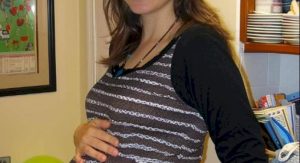
Lukashenko was rushed to a Moscow hospital in severe condition after a closed-door meeting with Russian President Vladimir Putin.
“Blood purification procedures have been carried out, and Lukashenko’s condition has been determined to be non-transportable.” Tsepkalo remarked on Twitter, “The coordinated efforts to save the Belarusian dictator aimed to dispel speculations about the Kremlin’s alleged involvement in his poisoning.”
On May 23, Lukashenko addressed his absence from public life, blaming it on sickness.
“Was it an adenovirus or something else?” Adenovirus. It’s not much… But since I didn’t have the chance to obtain therapy, everything gathered.”
“So, folks, I’m not planning on dying. “You’ll be tormenting yourselves with me for a long time,” the tyrant concluded.
While the particular form of Lukashenko’s disease is unknown, adenoviruses may cause a wide range of illnesses in humans, from acute respiratory infections to serious problems in those with compromised immune systems.
On May 9, Lukashenko attended the march in Moscow but was unable to walk several hundred meters to the flower-laying ceremony with Russian tyrant Putin and the presidents of Tajikistan, Kyrgyzstan, Kazakhstan, Uzbekistan, Turkmenistan, and Armenia.
A bandage on his hand was also spotted, and upon his return from Moscow, he abruptly skipped his regular address in Minsk’s Victory Square.
Later, Deputy Chairman of the State Duma Committee on CIS Affairs Konstantin Zatulin reported that Lukashenko “simply fell ill.”
Pavel Latyshko previously stated that the dictator may have infectious-allergic myocarditis.






